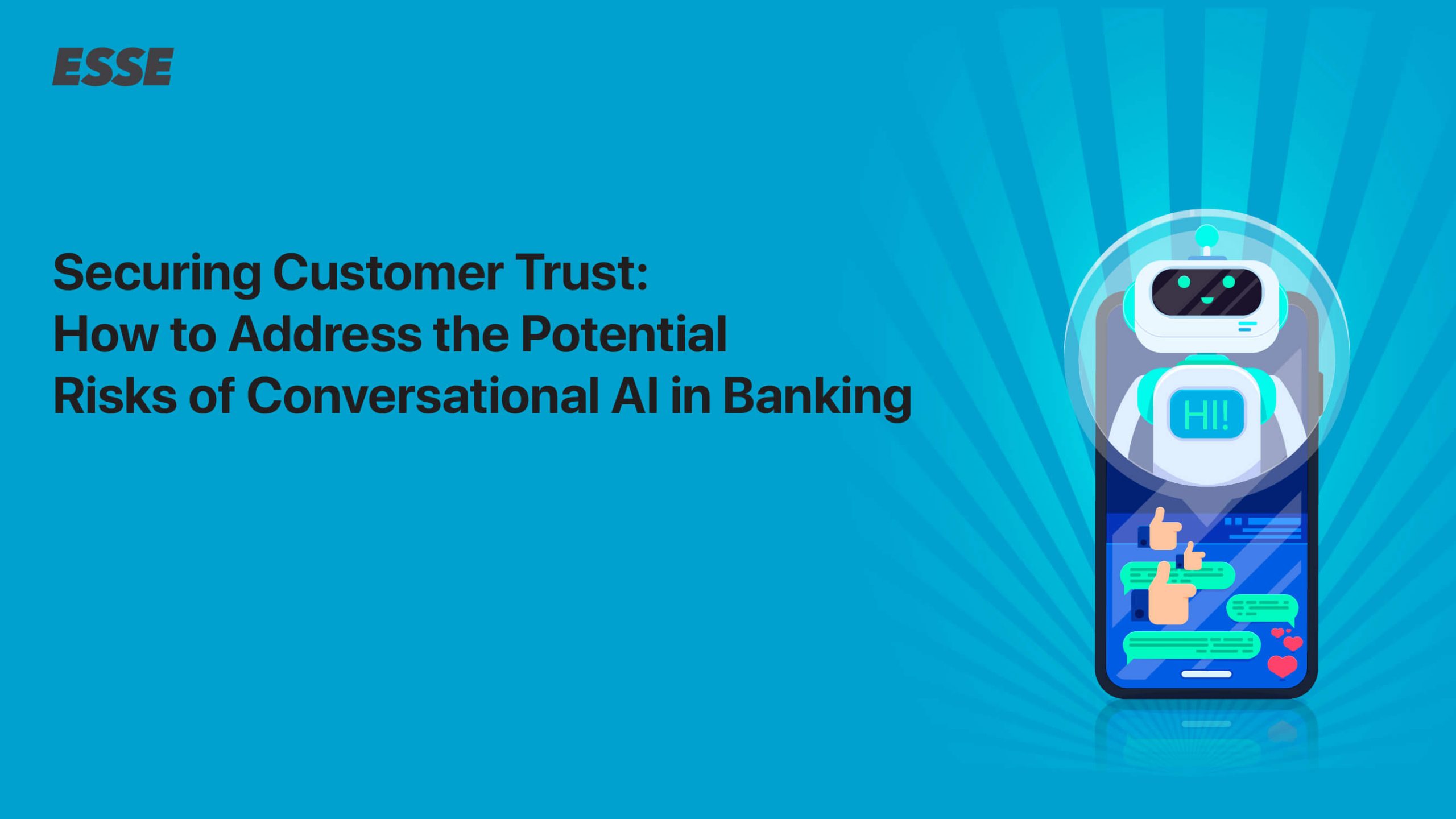The advent of conversational AI in banking has brought about a significant shift in the way banks interact with their customers. Conversational AI enables banks to offer seamless, personalized and convenient services to their customers, while also streamlining internal processes and reducing costs. However, there are potential risks associated with the use of conversational AI in banking. In this blog post, we will explore the potential risks of conversational AI in banking and how to mitigate them.
Data Privacy and Security Risks
One of the biggest risks associated with conversational AI in banking is the risk of data privacy and security breaches. Conversational AI platforms collect and process a vast amount of customer data, including personal and financial information. If this data falls into the wrong hands, it can lead to identity theft, financial fraud, and reputational damage for the bank.
Mitigation: To mitigate these risks, banks need to ensure that their conversational AI platforms are compliant with data protection regulations such as GDPR and CCPA. Banks must also implement robust security measures such as encryption, access controls, and multi-factor authentication to safeguard customer data.
Technical Glitches and Errors
Conversational AI platforms rely on advanced technologies such as natural language processing and machine learning to understand and respond to customer queries. However, these technologies are not foolproof, and technical glitches and errors can occur, leading to incorrect responses and frustrated customers.
Mitigation: To mitigate these risks, banks must conduct thorough testing and quality assurance of their conversational AI platforms to identify and resolve technical glitches and errors. Banks must also provide customers with alternative channels of support, such as phone or email, in case the conversational AI platform fails to resolve their queries.
Lack of Transparency and Accountability
Conversational AI platforms operate in a black box environment, where it can be difficult to trace the decision-making processes that underlie their responses. This lack of transparency and accountability can erode customer trust and lead to regulatory scrutiny.
Mitigation: To mitigate these risks, banks must ensure that their conversational AI platforms are designed to be transparent and accountable. Banks must provide customers with clear information about how their data is being used, and ensure that their conversational AI platforms are auditable and can be traced to their decision-making processes.
Ethical Concerns
Conversational AI platforms have the potential to perpetuate biases and discrimination, particularly if the data used to train them is biased. This can have serious ethical implications, particularly in the banking sector, where decisions about loans, mortgages, and other financial products can have a significant impact on people’s lives.
Mitigation: To mitigate these risks, banks must ensure that their conversational AI platforms are designed to be fair and unbiased. Banks must also ensure that the data used to train their conversational AI platforms is diverse and representative, and that their platforms are regularly audited to identify and address any biases.
In conclusion, while conversational AI presents significant opportunities for the banking sector, it is not without its risks. Banks must take a proactive approach to identify and mitigate these risks to ensure that they can offer the benefits of conversational AI to their customers while also maintaining their trust and confidence.


Leave a Reply